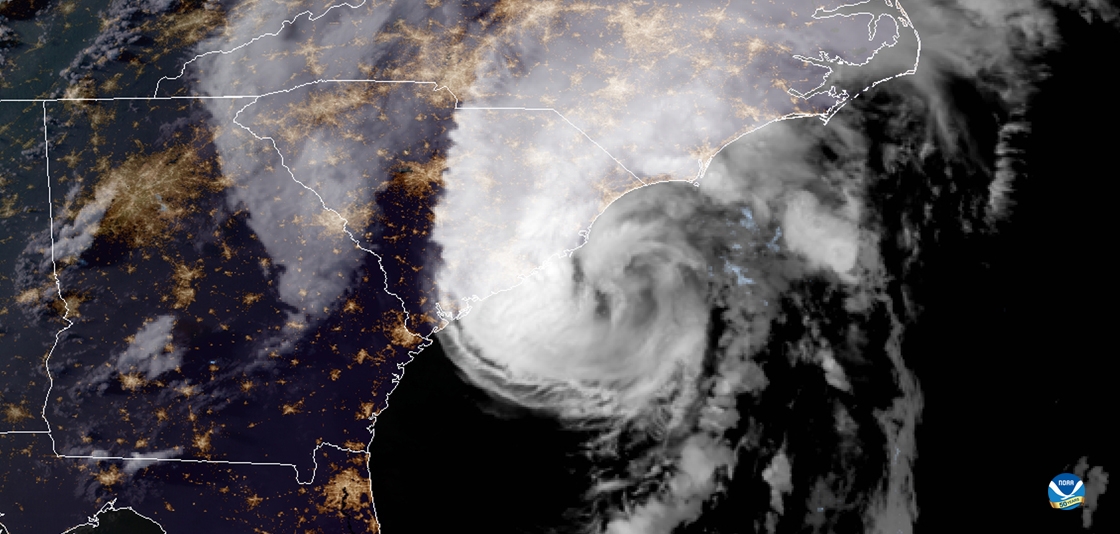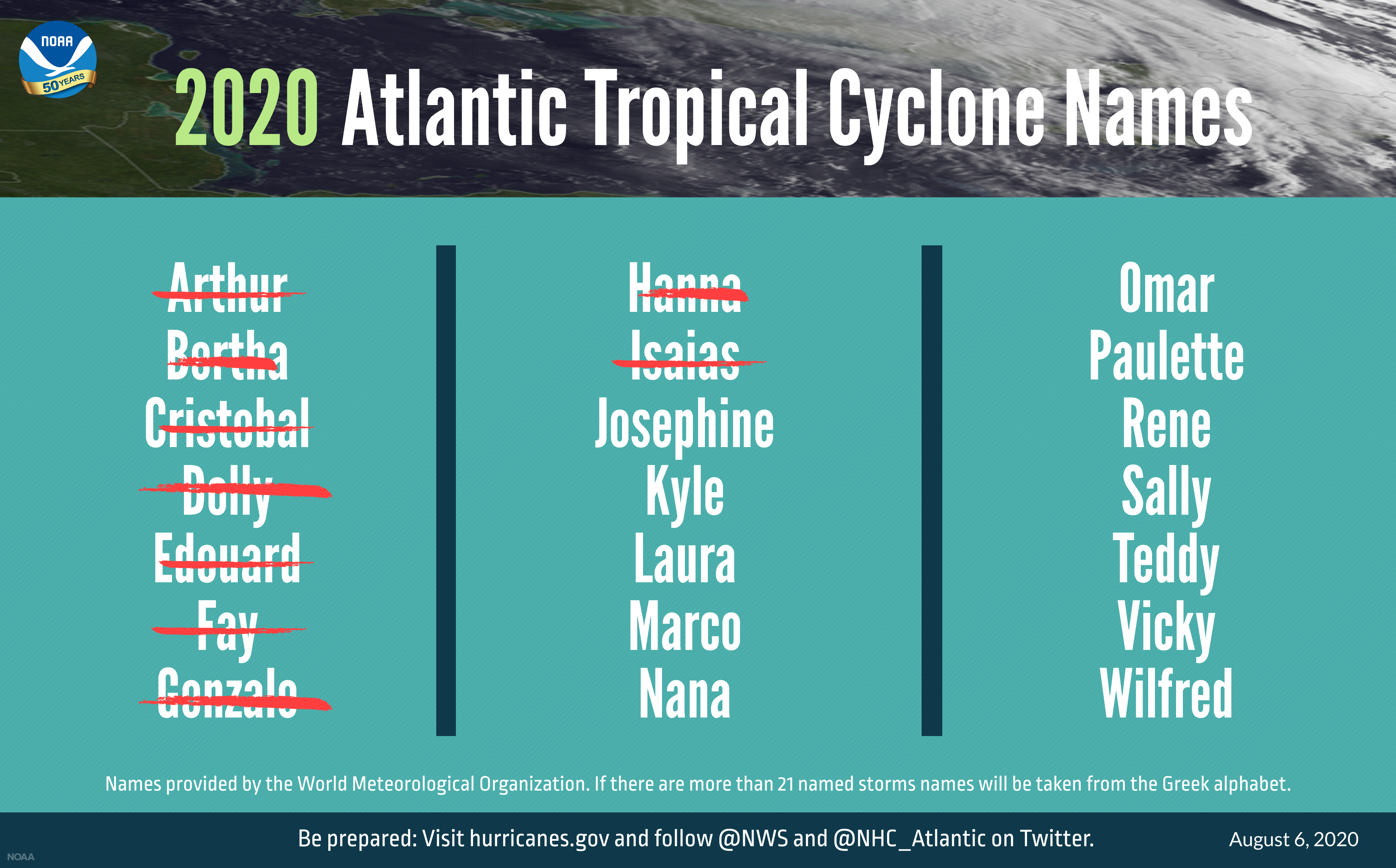
So far this year, the Atlantic hurricane season has had nine named storms, including the most recent, Isaias that hit the East Coast earlier this week, and forecasters say it could be one of the busiest on record.
The annual August update to the 2020 Atlantic Hurricane Season Outlook, initially issued in May, calls for 19-25 named storms with winds of 39 mph or greater. Of those, seven to 11 will become hurricanes with winds of 74 mph or greater with three to six becoming major hurricanes with winds of 111 mph or greater.
Supporter Spotlight
The National Oceanic and Atmospheric Administration’s Climate Prediction Center, a part of the National Weather Service, released the update Thursday, which covers the six-month hurricane season that spans from June 1 to Nov. 30, and includes the nine named storms that have happened to date.
Typically, only two named storms form by early August, and the ninth named storm doesn’t form until Oct. 4, with an average season producing 12 named storms, including six hurricanes, three of which become major hurricanes at Category 3, 4 or 5.
“This is one of the most active seasonal forecasts that NOAA has produced in its 22-year history of hurricane outlooks. NOAA will continue to provide the best possible science and service to communities across the Nation for the remainder of hurricane season to ensure public readiness and safety,” U.S. Secretary of Commerce Wilbur Ross said in a statement. “We encourage all Americans to do their part by getting prepared, remaining vigilant, and being ready to take action when necessary.”
A comprehensive measure of the overall hurricane season activity is the Accumulated Cyclone Energy, or ACE, index that measures the combined intensity and duration of all named storms during the season.
“This year, we expect more, stronger, and longer-lived storms than average, and our predicted ACE range extends well above NOAA’s threshold for an extremely active season,” Gerry Bell, lead seasonal hurricane forecaster at NOAA’s Climate Prediction Center, said.
Supporter Spotlight
Based on the ACE projection, combined with the above-average numbers of named storms and hurricanes, the likelihood of an above-normal Atlantic hurricane season has increased to 85%, with only a 10% chance of a near-normal season and a 5% chance of a below-normal season, according to the center.

Current oceanic and atmospheric conditions that make an “extremely active” hurricane season possible are warmer-than-average sea surface temperatures in the tropical Atlantic Ocean and Caribbean Sea, reduced vertical wind shear, weaker tropical Atlantic trade winds and an enhanced west African monsoon, according to NOAA
A main climate factor behind these conditions, expected to continue for the next several months, is the ongoing warm phase of the Atlantic Multidecadal Oscillation, or AMO, which reappeared in 1995 and has been favoring more active hurricane seasons since that time. The AMO is an ongoing series of long-duration changes in the sea surface temperature of the North Atlantic Ocean, with cool and warm phases that may last for 20-40 years at a time and a difference of about 1°F between extremes. These changes are natural and have been occurring for at least the last 1,000 years.
Another contributing climate factor this year is the possibility of La Nina developing in the months ahead. Indicative of cooler-than-average sea surface temperatures in the equatorial regions of the eastern Pacific Ocean, La Nina can further weaken the wind shear over the Atlantic Basin, allowing storms to develop and intensify.
NOAA’s hurricane season outlook is for overall seasonal activity and does not forecast landfall, which is determined by short-term weather patterns, only predictable within about a week of a storm potentially reaching a coastline. NOAA’s National Hurricane Center provides tropical weather outlooks up to five days in advance, provides track and intensity forecasts for individual storms, and issues watches and warnings for specific tropical storms, hurricanes and the associated storm surge.
This hurricane season, FEMA encourages residents in hurricane-prone regions to keep COVID-19 in mind when making preparations and during evacuations. Visit https://www.ready.gov/hurricanes. Stay tuned to the National Hurricane Center for the latest about tropical storm and hurricane activity in the Atlantic.







